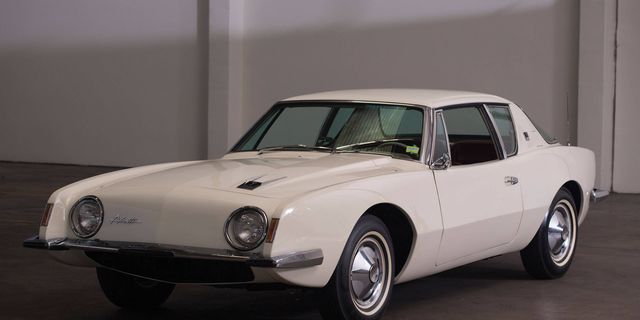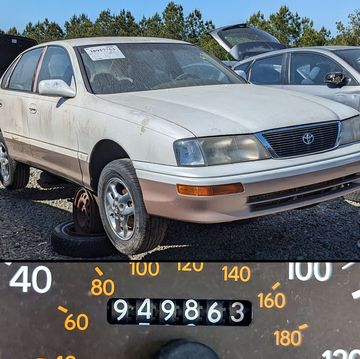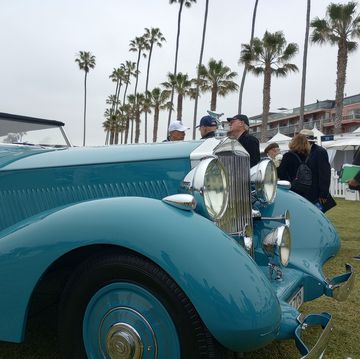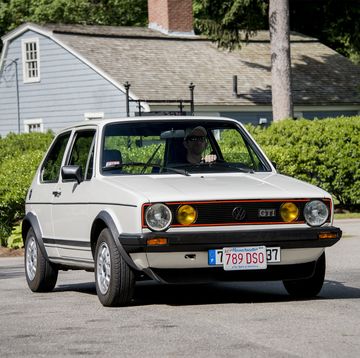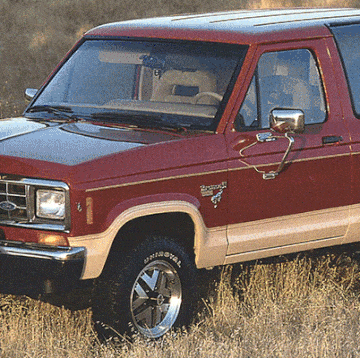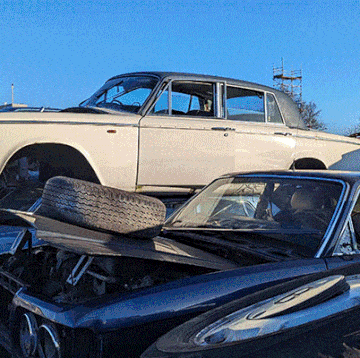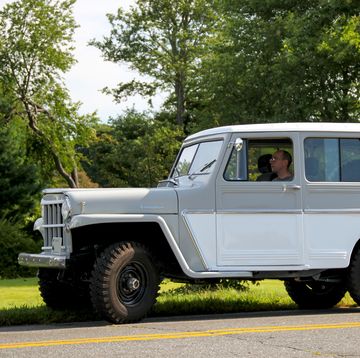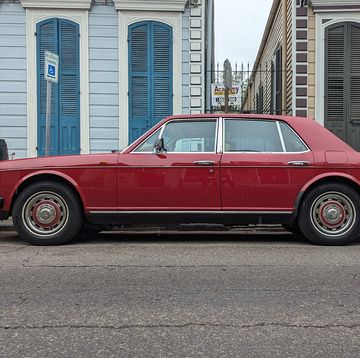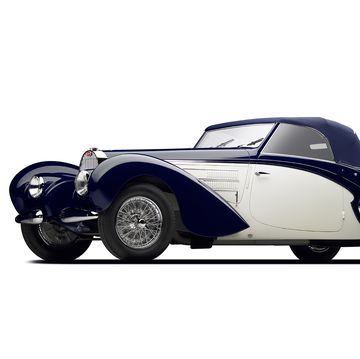The world seems to be hell-bent going at least partially electric -- and fast. But why do all the future cars have to be boring pods? What if we could give our favorite designs from the past a new, zero (tailpipe) emissions lease on life?
Now, before you ready the pitchforks, hear me out. Jaguar made waves with its E-Type Zero EV last year, but that car was built out of a genuine 1968 roadster. For the sake of this argument, let’s assume that the EVs we’re talking about are either built out of replicas or basket-case cars that would otherwise be headed for the crusher.
Remember, there's new replica car legislation that, if it ever gets implemented, would make this possible. But it could work right now as a kit, and (in theory) it should be easy to retrofit an EV powertrain into just about any existing design. You find a place for the batteries, and the motor -- much smaller than an internal combustion engine -- and all of the electric controller things that we only vaguely understand the function and purpose of, and that’s it. No carburetor to fiddle with, no fuel lines to run. Some people are already doing this very thing with Porsche Speedster replicas, and the overall package is neat.
I’m not planning on ripping the engines out of my old cars; I will be doing my part to keep oil companies in business for a long, long time. But popping futuristic powertrains into replicas of the right vintage models would, I think, provide a uniquely enjoyable experience -- one that draws on the past but doesn’t pretend to re-create it. More cool cars would hit the streets, and no history would be harmed in the process. And what could environmentalists say about it?
Seems like a win-win-win. Here are a couple ideas that come to mind:
- Design-forward cars, especially those from the mid-1960s, seem to lend themselves well to electrification. An EV (on screen, at least) Studebaker Avanti appeared in the stylish 1997 science-fiction movie "Gattaca," and I didn’t bat an eye -- something about the whole thing just made sense. The same can be said about the Citroen DS cabrio featured in the same film. And what about a whisper-silent third-gen Imperial or an imposing-but-stealthy Cadillac De Ville hardtop of the same era?
- Of course, you wouldn’t want to mess with a car for which the engine is a big part of the experience. You’d be nuts to try to create the experience of a V12-powered Ferrari grand tourer without the engine note, and piping it in over the speakers is somehow worse than silence. Ditto a Shelby Cobra. But at the same time, a simpler sports car like a Lotus 7, a Porsche 356 or an old Triumph could still be pure (arguably, even purer) fun to drive if they were electrified. One challenge? Generally, EVs don’t have manual transmissions because they don't need them, which is a bummer.
- Then there are the basics -- VW Beetles, Fiat 500s, the original Minis. These were mass-market cars, designed to be economical to build, operate and maintain; if electric propulsion was viable when they were designed, you can bet they would have included motors and batteries from the factory. An electrified replica would keep much of the charm and eliminate many typical old-car maintenance needs.
Any suggestions? Working a vintage-flavored EV of your own? We’d love to hear about it below.

